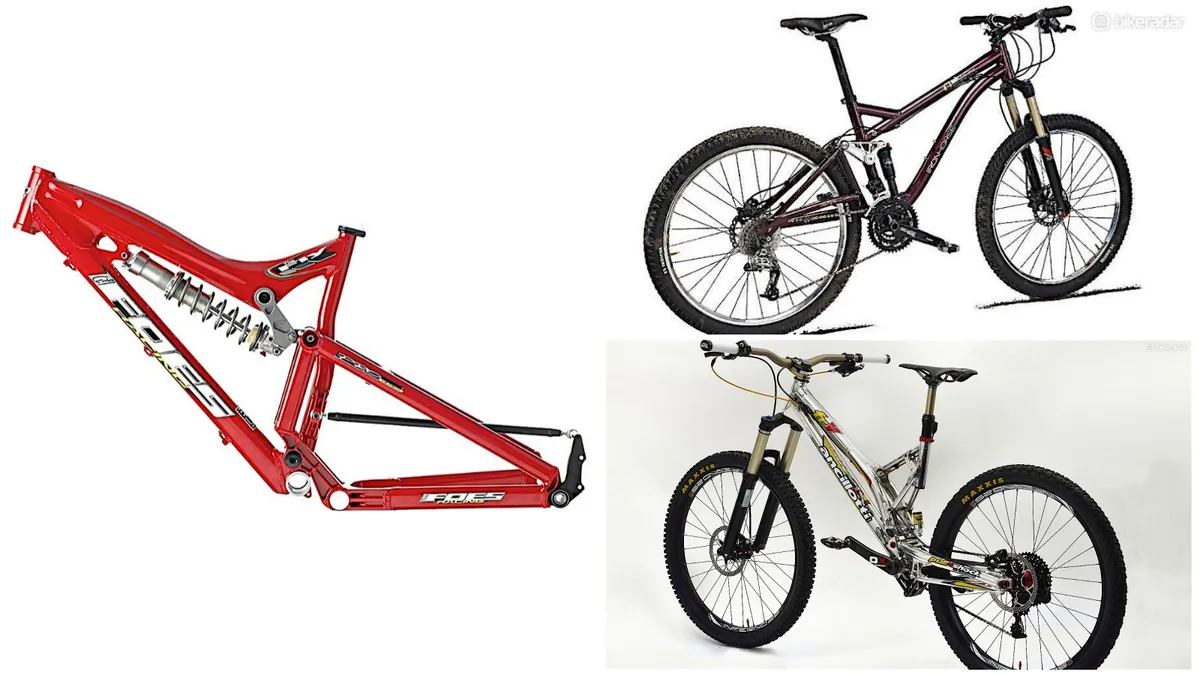We’ve all been there — sat on the sofa, eBay app open, thumb poised over the ‘Buy it now’ button, only to shake our heads and digitally walk away.
- What's old is new again: 6 surprisingly old technologies
- 5 ways to make your old bike feel like new
- The bike shop where all the bikes are free
Whether the wheel size is defunct, the suspension platform archaic or it’s a plain case of form over function, there’s a certain breed of machine that the impulse buyer in us craves but the realist knows we’d never actually ride.
1. Balfa BB7
Check out this video by Thomas Wenner on YouTube
Downhill world champion and YouTube legend Danny Hart first appeared on many UK riders’ radars riding a Montreal-built Balfa back in 2005. In many ways, the 9in-travel BB7 was ahead of its time, with its adjustable head angle and bottom bracket height.
Its name derived from the fact that the lower pivot on the original model was positioned 7in above the bottom bracket (later increased to 9in!).
Because the bike was built around the optimal pivot point, not the most logical chain path, the double-roller chain device had to be rotated 90 degrees and looked a bit like an alarm clock as a result.
- Lust: Styling, adjustability
- Bust: Flexy rear end was prone to brake jack and meant the shock reservoir could hit the linkage
2. Whyte PRST-1
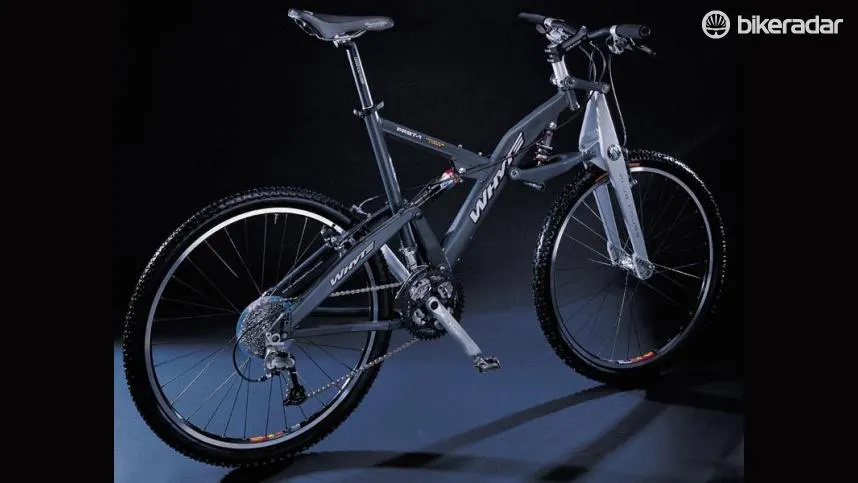
As the Millennium bug failed to strike and we all scoured city centres for ever baggier jeans, there was one bike at the cutting edge of innovation — the Whyte PRST-1 (named after the robot dog in Wallace and Gromit: A Close Shave).
Marin designer Jon Whyte worked on this radical machine with an ex-colleague from Formula 1, Adrian Ward. It was produced by ATB Sales, Marin’s UK distributors, because the US company weren’t too keen on it.
The Plus Four fork design retained a constant head angle throughout its travel and was controlled by an air shock.
- Lust: Innovative, motorsport engineering, collector’s item now
- Bust: Suspension prioritised sensitivity over support
3. Brooklyn Machine Works Race Link
We don’t think anyone ever actually posed the question, "What would a DH bike look like if it were designed and manufactured in New York City?" but the Race Link is the answer, should it ever be needed.
Tipping the scales at approximately half the weight of the Brooklyn Bridge, the steel Race Link was a sight to behold. Trapped-in-time R’n’B dabbler Pharrell Williams put money into the brand, but strangely, the overly complex, super-heavyweight, 24in-wheeled bikes that were designed to ‘shred’ sets of stairs never really caught on.
- Lust: Bonkers looks, unusual pedigree
- Bust: Forklift truck required for maintenance
4. Ancillotti FRY 27.5
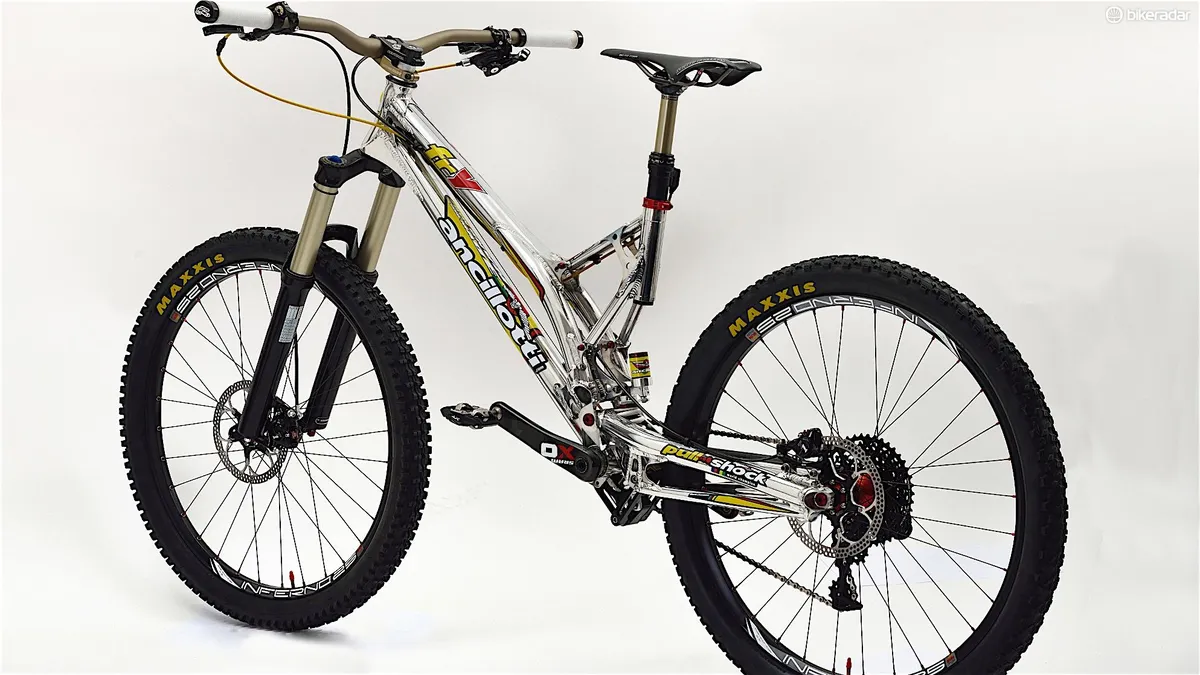
Italy’s Ancillotti has been using its motorcycle-derived pull-shock swingarm design since 1998 and when it debuted the FRY 27.5 in 2013, many concurred that it was the most captivating-looking version to date.
It’s rare in the mountain bike industry to find a bike that looks like nothing else, but the 160mm-travel FRY does so brilliantly. With its polished tubeset, low-slung top tube, adjustable seat tower and a rear linkage that resembles a Terminator’s face, it’s hard not to love it on looks alone.
- Lust: Sexy doesn’t get much shinier
- Bust: Has anyone actually seen one?!
5. Specialized Enduro SX
We can still remember the day when Specialized launched the Enduro SX back in 2013 and jaws in the office promptly dropped. This dual slalom and 4X machine remains perhaps the best-looking gated-racing MTB ever made.
Only 100 examples of the 100mm-travel rocket were ever produced. So scarce and sought-after are they that on the rare occasion when they do come up for sale, they still command the majority of their original RRP.
Unless you live beside a BMX track, case a lot of jumps and have no desire to ever sit down while pedalling, they may prove to be a bit of a false economy.
- Lust: The ultimate ‘messing about’ bike
- Bust: Pricey
6. Iron Horse MKIII

US brand Iron Horse was on top of the world when Sam Hill was laying waste to the World Cup timesheets. Like the acclaimed Sunday DH machine Hill piloted, the MKIII ran Dave Weagle’s DW-Link suspension and so pedalled extremely well.
The trail bike’s problems were a twangy rear-end and a slightly steep head angle, in an age when we were realising that slacker was faster. Particularly enticing was the 2006 version in the same ‘pearl green’ as Hill’s race bike.
- Lust: DW-Link suspension, Sam Hill association
- Bust: Steep angles, springy back-end
7. Orange ST4
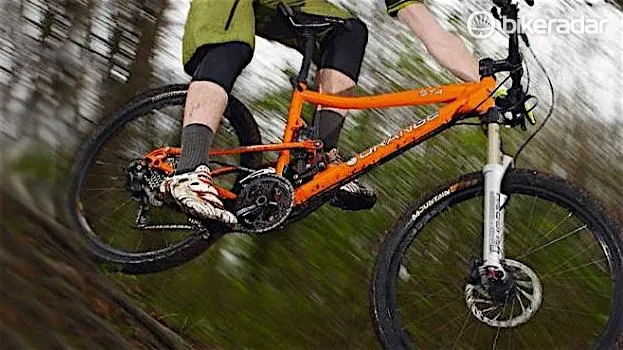
The linkage-driven shock hidden low down in the frame was a departure from the norm for the single-pivot-focused Yorkshire brand, and the smooth lines of the skinny tubes looked equally at odds with its previous boxy form.
With a slack (for then) 68.5-degree head angle and a stretched top tube/stubby stem combo, this was a 100mm-travel XC bike built for smiles. “It just feels right!” we commented upon its release in 2009.
There was a great ‘twang’ from the slinky back-end, which helped promote that ‘getting away with it’ feel that only the very best short-travel machines can offer.
- Lust: Svelte lines, addictive ride
- Bust: Got a bit lost in the shadow of the all-conquering Five
8. Foes Fly
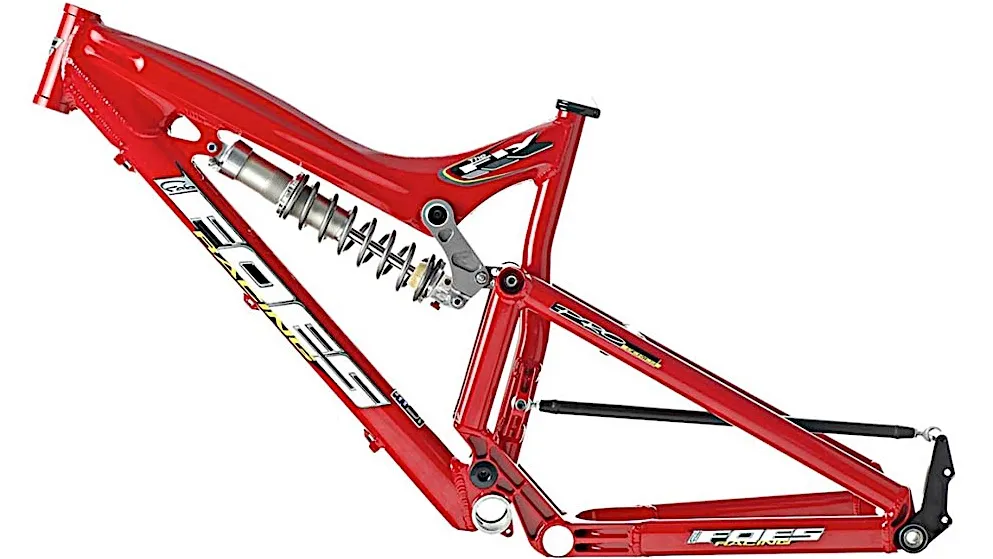
Brent Foes was a long-travel pioneer, pushing 6in designs when the rest of the industry had topped out at 3.5in. His bikes have always been pretty thin on the ground in the UK and the Fly, launched in 2002, is one of the rarest models.
Not content with the shocks on the market, Brent pushed his jumbo-sized Curnutt-branded dampers with their 2:1 leverage ratio.
The Fly was a DH bike with 8in of travel and a floating rear brake arm. With its monocoque top tube and funky shock it was an attractive proposition, but the modern crop of astoundingly capable trail machinery blew it into the reeds.
- Lust: Californian soul
- Bust: Specialist suspension, girthy
9. Cove STD
In a time just before enduro (2012), the freeride bike was already long dead, but some brands still felt the need for a DH bike that wasn’t quite a DH bike.
Standing for ‘Skinnies, Trannies and Drops’, the STD was designed to tame the tortuous trails of Vancouver’s North Shore. As a result, its geometry, though slack and low, was compact for slow-speed Ewok teeterings.
The dual-link suspension worked well too, but the arrival of a new wheel size and the growth of enduro, combined with the honing of DH machinery, did it for the STD.
- Lust: North Shore pedigree with DH angles
- Bust: Cramped, the nagging suspicion that telling people you have an STD will get old quickly...
Scratching the itch
Things to consider before embarking on ownership of a rarity…
- Spares: Unusual machines are often held together by unusual hardware from occasionally defunct companies. Spend half an hour searching online for things like bearing kits and rear mech hangers to see just how much of a hassle it may turn out to be.
- Usage: A Foes Fly may be a beautiful-looking machine but will you be as in love with it after a rain-soaked Tuesday night slog around the trail centre? Never lose sight of where you ride and what works best.
- Manuals: Machines such as Ancillotti’s FRY 27.5 are complex and are best maintained with a copy of the owner’s manual and a guide to all the recommended torque settings. Check online auction sites or with the manufacturer themselves about the possibility of netting a copy.
Auction watch
How to make sure that head can keep some grasp on heart…
- Don’t rush in: Yes, that’s the bike you want. No, you don’t have to buy it there and then. Remember that the ‘Buy it now’ or advertised price is the buyer’s best possible outcome. Feel free to contact them and make an offer, particularly if you have a strong bargaining angle, such as the fact you live nearby so they won’t have the hassle of posting it.
- Pictures can be deceiving: The pictures used to advertise bikes online can often be pretty old, taken with pride when the machine was new. Ask for up-to-date shots to make sure you aren’t going to get ripped off.
- Beware the taxman: Found your perfect ride advertised abroad and arrived at what seems like a good deal on postage? Beware, import taxes may apply, leaving you with a bill of hundreds of pounds payable on your doorstep.
- Manage your budget: Don’t schedule your new bike to arrive the day before a trans-alpine riding jaunt. If you’re not mechanically savvy, then budget for the price and time it’ll take to get her freshly serviced by a professional.

